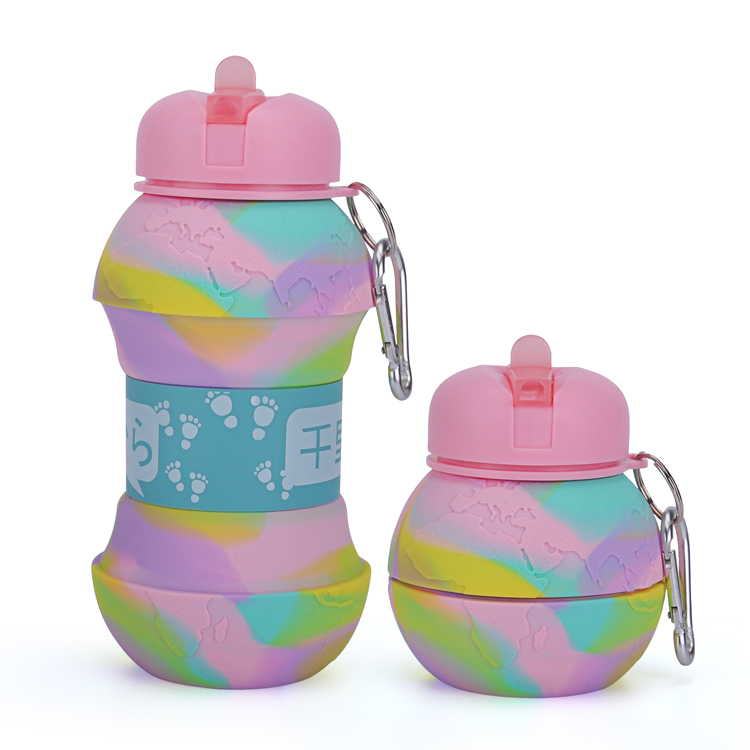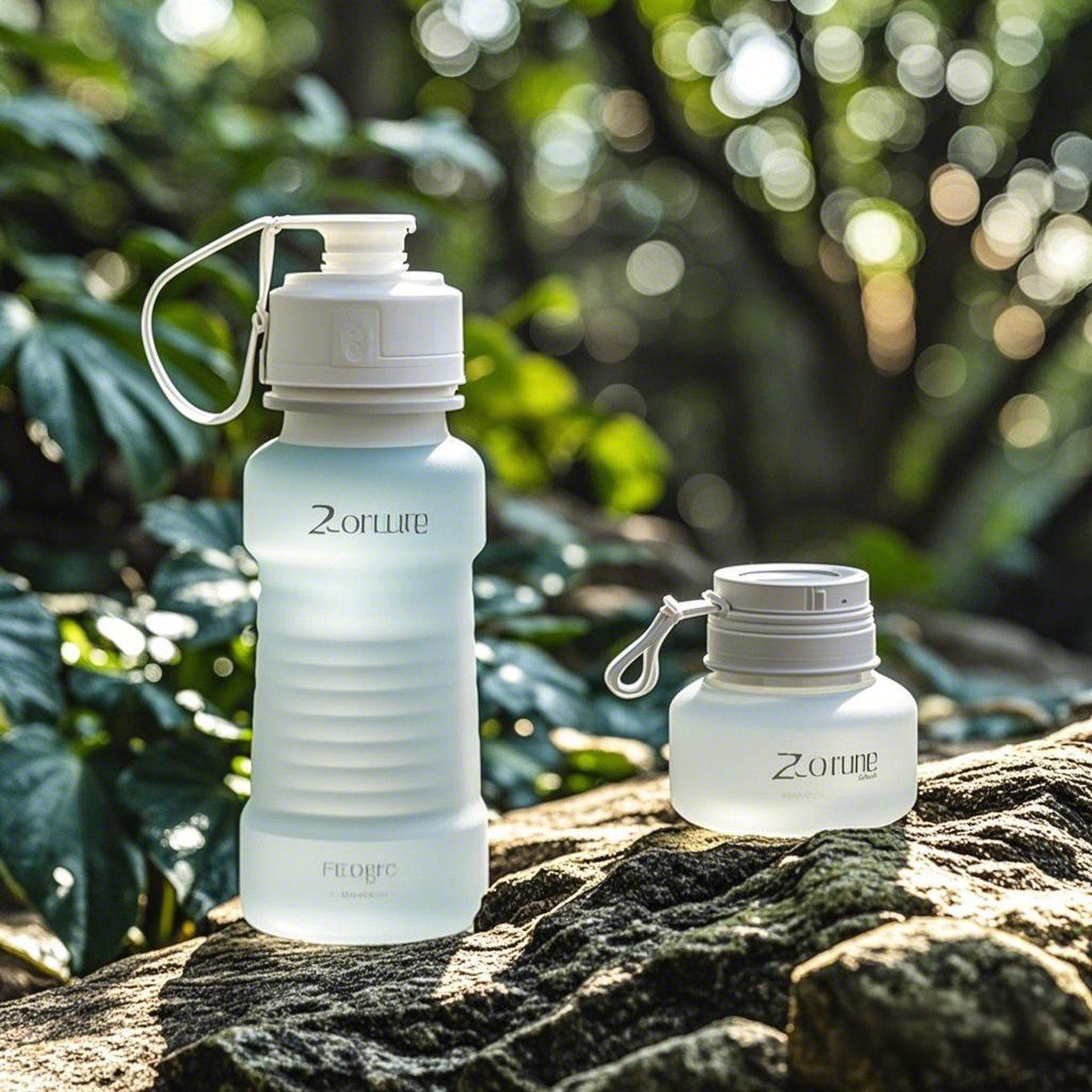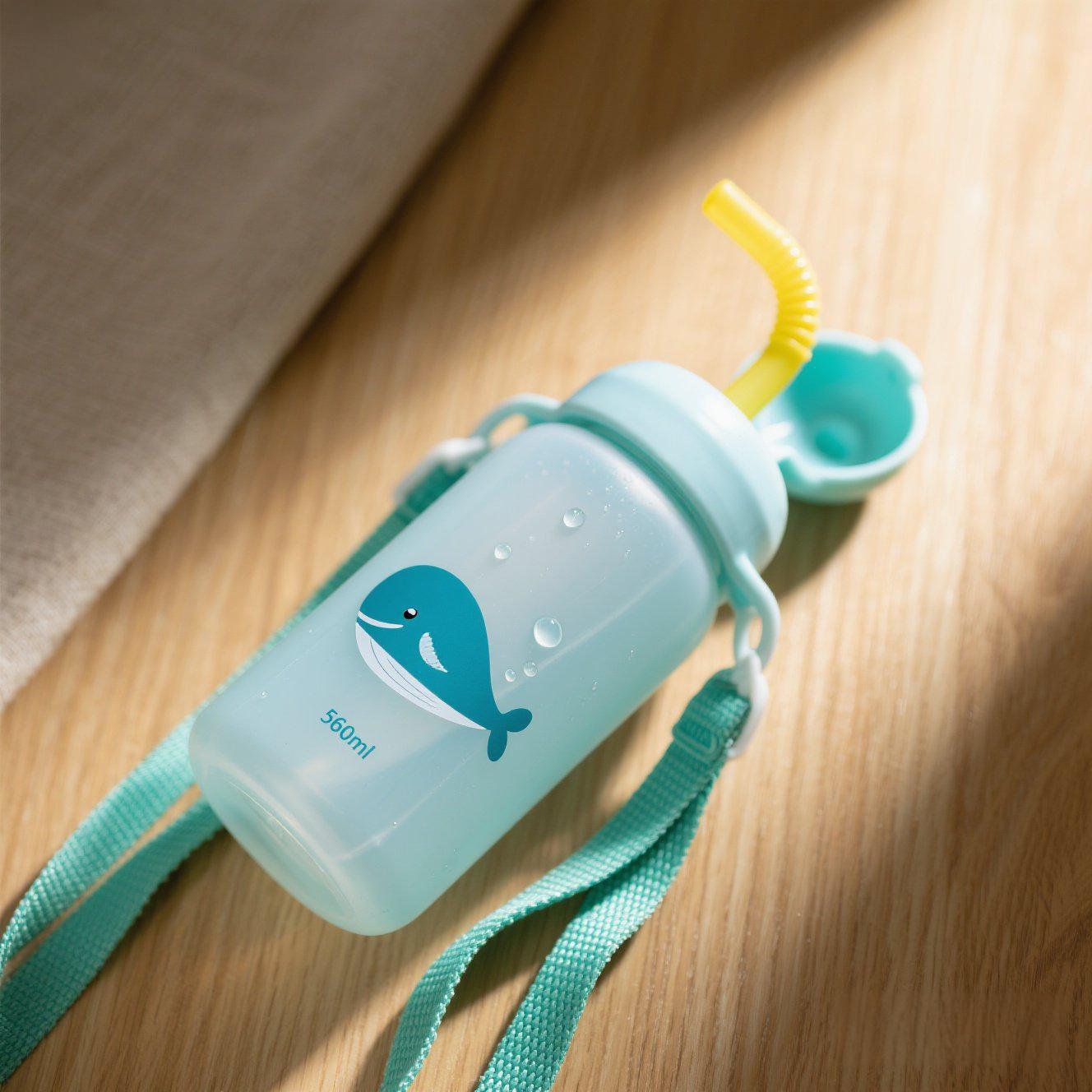Contenido
Global Hit List: How Chinese Silicone is “Taking Over” the World
The Chinese silicone industry has become a global force, driven by its ability to adapt to diverse markets and deliver high-quality products at competitive prices. From household essentials to industrial-grade components, Chinese silicone is now a staple in homes and factories worldwide.![]()
![]()
- Baby Care Revolution: European and Middle Eastern Markets
In Europe, silicone baby bottles with anti-colic valves have become a household necessity. Brands like NUK and Philips Avent source silicone from China due to its durability and safety certifications. In the Middle East, silicone oven mittens with heat-resistant properties are popular for their ability to handle extreme temperatures in traditional cooking. - Health and Wellness Trends: Korean and Western Markets
South Korea’s obsession with tech gadgets has fueled demand for liquid silicone rubber (LSR) phone cases that are ultra-thin, scratch-resistant, and flexible. Meanwhile, in the U.S. and Europe, microwave-safe silicone food containers and foldable water bottles are trending among health-conscious consumers. These products combine convenience with sustainability, aligning with global eco-friendly lifestyles.

- Industrial Breakthroughs: German and American Markets
German automotive giants like BMW and Mercedes-Benz have turned to China for silicone seals and gaskets that reduce production costs by up to 30% while improving product lifespan. In the U.S., medical companies such as Medtronic have partnered with Chinese manufacturers to produce FDA-certified LSR medical tubes, which offer superior flexibility and biocompatibility for catheters and implants.
The “Golden Triangle” of Chinese Silicone Success
The rise of the Chinese silicone industry can be attributed to three key factors: material innovation, supply chain efficiency, and market-specific product development.
- Material Revolution: Quality Meets Affordability
Chinese manufacturers have mastered food-grade silicone production, ensuring compliance with EU and FDA standards. Innovations like LSR (liquid silicone rubber) allow for precision molding with tolerances as low as 0.01mm, making it ideal for medical and electronics applications. Patents for self-healing silicone and antimicrobial additives further position China as a leader in functional materials. - Supply Chain Efficiency: Speed and Scale
China’s silicone industry clusters in Guangdong, Zhejiang, and Shandong form a complete ecosystem, from raw material suppliers to mold makers and finished product manufacturers. This vertical integration reduces lead times and costs. For example, custom silicone molds can now be delivered within 7-10 days, with small-batch production costs dropping by 40% compared to five years ago. - Market-Driven Innovation: Tailoring to Global Needs
Chinese producers actively research regional preferences. For the Middle East, silicone car sunshades with UV protection are designed to withstand harsh climates. In Japan, silicone kitchen tools are engineered for precision and compactness to fit small kitchens. This localized approach turns potential challenges into competitive advantages.

Breaking Barriers: The Chinese Silicone Industry on the Global Stage
Despite its growth, the Chinese silicone industry has had to overcome skepticism about quality and intellectual property. However, strategic moves are reshaping perceptions.
- Setting Global Standards
Chinese companies are now leading ISO standard-setting for silicone products, with proposals for testing protocols and environmental benchmarks being adopted internationally. This shift from “Made in China” to “Standardized in China” is a critical step toward global credibility. - Overcoming Patent Challenges
While some Western firms initially blocked Chinese competitors with patents, Chinese manufacturers have countered by investing in reverse-engineering and R&D. Today, many U.S. and European companies license Chinese patents for cost-effective production, creating a mutually beneficial ecosystem. - Localization and Brand Building
To appeal to Western markets, Chinese brands are launching collaborations with global IPs. For instance, Disney-themed silicone baby cups have become bestsellers in North America, while Japanese anime-inspired kitchenware dominates online retailers. In Europe, eco-conscious silicone products with carbon-neutral certifications are gaining traction in sustainability-focused markets.
The Future of Silicone: Innovation Beyond Borders
The Chinese silicone industry is not just competing in the present—it’s shaping the future through technological and environmental advancements.
- Smart Integration: The Next Frontier
Silicone is merging with smart technology. Examples include thermoresponsive silicone that changes color with temperature shifts for baby bottles and sensors embedded in silicone wearables for health monitoring. These innovations are expected to drive growth in the $500 billion smart home and healthcare sectors by 2030. - Green Revolution: Sustainability as a Core Value
With the EU’s Carbon Border Adjustment Mechanism (CBAM), Chinese manufacturers are accelerating the shift to bio-based silicone derived from plant sources. Recycling programs, such as closed-loop systems for silicone waste, are also being tested in collaboration with European partners to meet ESG goals. - Expanding into Extreme Environments
Silicone’s resilience is enabling new applications in harsh conditions. In Dubai’s Solar Park project, silicone-based sealants withstand temperatures exceeding 50°C, ensuring the longevity of solar panels. Similarly, space-grade silicone components for satellites are being developed to endure the vacuum and radiation of outer space.
Conclusion: A Material for All Seasons
The Chinese silicone industry’s global success lies in its ability to balance technical excellence, cost efficiency, and cultural adaptability. From everyday household items to cutting-edge industrial solutions, Chinese silicone is proving that innovation and affordability can coexist. As the industry continues to evolve with smarter, greener, and more versatile materials, its role in shaping the future of global manufacturing is undeniable.
For manufacturers, buyers, and policymakers, the message is clear: the silicone revolution is no longer confined to China—it’s a global phenomenon driven by the world’s largest silicone production hub.



